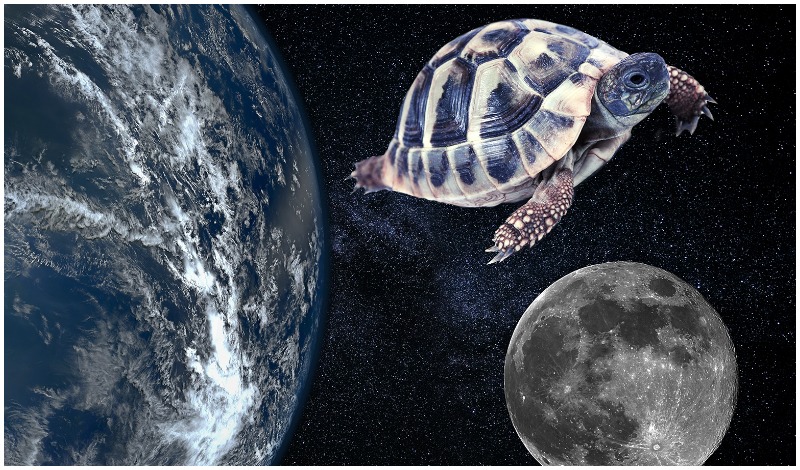It was a small (slow) step for a tortoise, a giant leap for mankind…
When the United States and USSR engaged in a race to the moon in the 1960s, it was one step at a time.
Equipment had to be built and tested, experimental flights were performed, and studies of how plant and animal life reacted to the different environment of space were completed.
Many animals such as monkeys, dogs and cats went up, but the very first travelers to the moon were reptiles — or to be more specific, Russian Steppe tortoises.
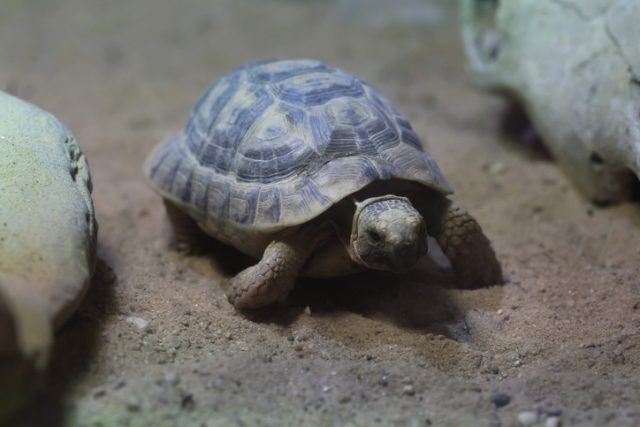
On September 14, 1968 the Soviet Union launched Zond 5, occupied by not only two Russian Steppe tortoises but insects, mealworms, seeds and plants, and certain types of bacteria. A mock human embedded with radiation sensors was also sent along.
The mission was to fly the remotely controlled craft around the moon and return it to Earth.
According to NASA, the spacecraft got about twelve hundred miles above the surface and took photographs.
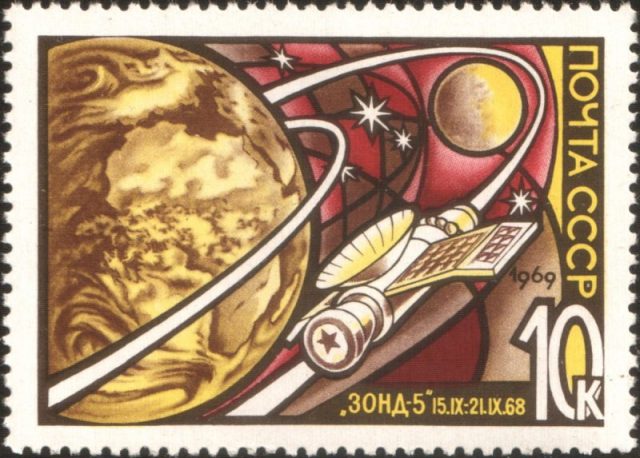
When the craft returned it splashed down into the Indian Ocean and was retrieved by the Russians.
The tortoises lost 10% of their body weight weight and had some minor issues with their livers and spleens but remained active and showed no loss of appetite.
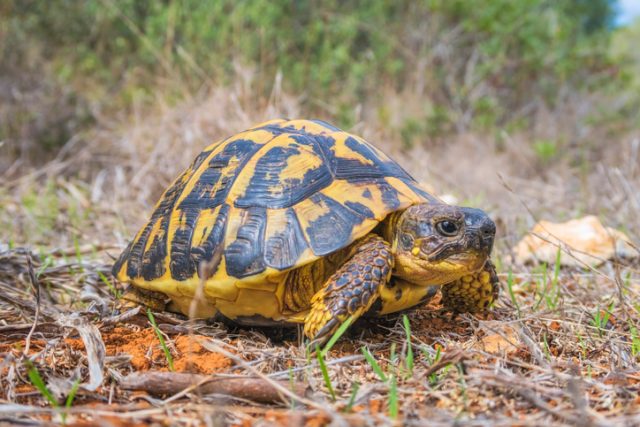
In 1947 an American rocket took a group of fruit flies into space. The rocket went up sixty-eight miles to test radiation theories and came back with all of the fruit flies still healthy.
Two dogs and a rabbit were launched into space by the Soviets in 1959 to test the effects of high altitude. When the spacecraft returned to Earth, all of the passengers were alive and fit.
NASA Apollo moon landings conspiracies
In 1970 the Orbiting Frog Otolith was sent into space by NASA to test sustained weightlessness with two bullfrogs aboard. The frogs were attached to electrodes to measure the effect on their inner ears which are much like human ears.
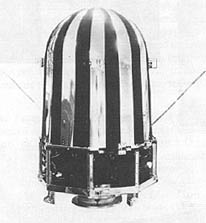
The frogs were monitored and stayed in good health adapting to the changes of weightlessness. According to the archives of NASA, the flight lasted six days until the craft’s battery expired. The craft was not recovered.
In 1973 two European garden spiders were launched on the second mission to Skylab. One of the spiders built the first web in space. It was spun normally but there were variations of thickness not seen on webs on Earth.
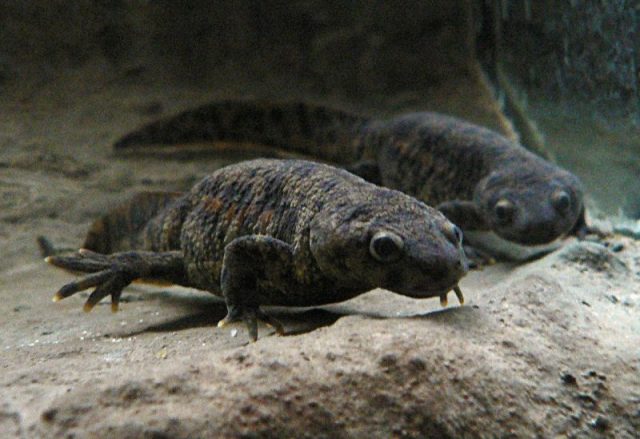
The Soviet Union sent ten newts into space on their Bion 7 mission in 1985. That particular species of newts are able to grow a new limb to replace one that is severely injured or missing. The newts had undergone surgery to amputate the front limbs and the results came as a bit of a surprise when it was found that the new limbs grew faster in space than if they had been on Earth.
The most commonly known animals sent into space were monkeys, dogs and cats. On January 31, 1961, a chimpanzee named Ham was sent into space for NASA’s Project Mercury to measure life support systems in zero gravity.
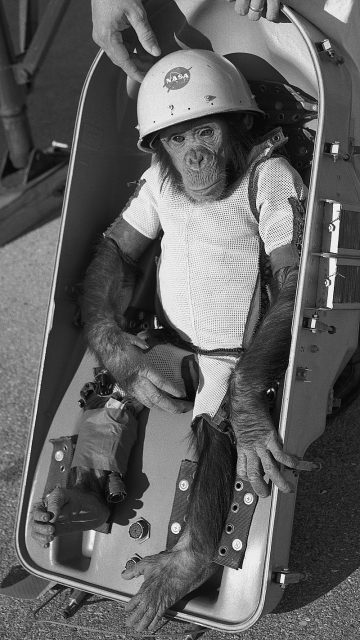
The chimp was captured from what is now Cameroon in Central Africa at the age of four years and was taught how to work essential controls inside the spacecraft at Holloman Air Force Base in Alamogordo, New Mexico.
Ham came home and seemed to be healthy. He died in 1983 at the age of twenty-five at the North Carolina Zoo, and his skeleton was preserved and stored at the National Museum of Health and Medicine of Washington, D.C. The rest of Ham’s remains were buried near the entrance of the International Space Hall of Fame at the Museum of Space History in Alamogordo, New Mexico.
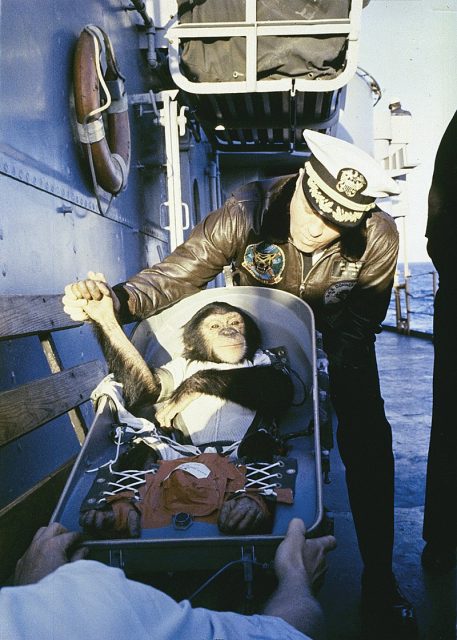
In 1963 France sent a stray female cat with electrodes implanted into her brain into space. Her neural responses were recorded during her short fifteen-minute trip, and she didn’t seem any worse for the wear upon her return to Earth.
The Soviet space program sent a total of eleven dogs into space between the years of 1957 to 1960. Most were safely returned to Earth but Laika, a terrier mix, died of overheating shortly after entering orbit. The cabin temperature had risen too high because of damage to the thermal system and thermal insulation during launch.
